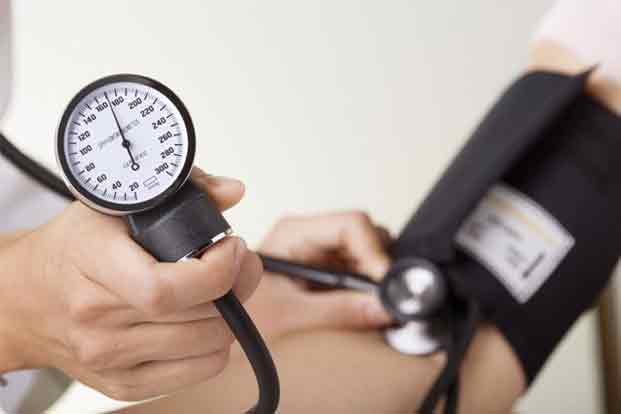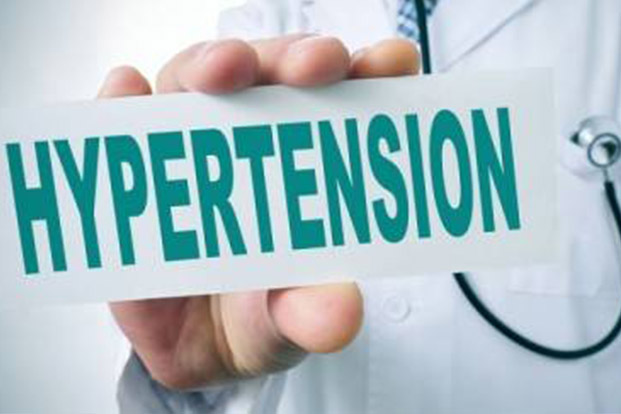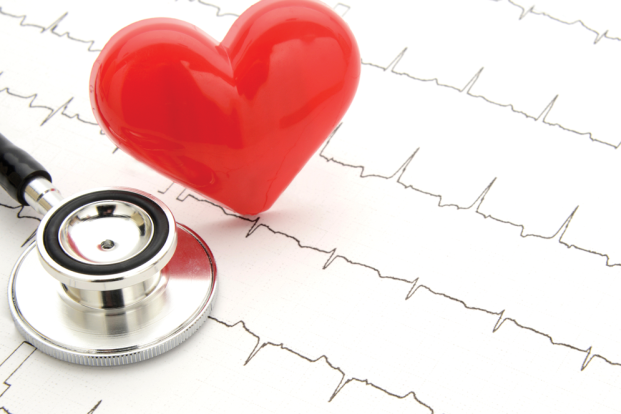Categories
- Bariatric Surgery (11)
- Black Fungus (5)
- Bone Marrow transplant (3)
- Brain Tumor Surgery Navigation Technology (20)
- Cardiac Surgery (66)
- Cardiology (97)
- Computer navigation technology for joint replacements (20)
- Covid Vaccination (17)
- Critical Care (2)
- Dental (19)
- Dermatology (31)
- Dialysis Support Group - “UTSAAH” (11)
- Dietitian (33)
- Emergency Medicine (4)
- Emotional Health (11)
- Endocrinology (33)
- ENT (20)
- Gastroenterology and GI Surgery (53)
- General and Laparoscopic Surgery (21)
- General Surgery (4)
- Gynecology & Obstetrics (183)
- Hematology (20)
- Internal Medicine (294)
- Kidney Transplant (50)
- Kidney Transplantation (20)
- Lung Cancer (8)
- Minimal Invasive Surgery (1)
- Mother & Child (20)
- mucormycosis (5)
- Nephrology (61)
- Neurology (147)
- Neurosurgery (68)
- Nutrition and Dietetics (107)
- Omicron Variant (1)
- Oncology (288)
- Ophthalmology (10)
- Orthopaedics & Joint Replacement (86)
- Paediatrics (59)
- Pediatric Nephrology (3)
- Physiotherapy (5)
- Plastic & Reconstructive Surgery (6)
- Psychiatry and Psychology (90)
- Psychologist (28)
- Pulmonology (72)
- Rheumatology (13)
- Spine Services (21)
- Transradial Angioplasty (16)
- Urology (84)
Query Form
Posted on Apr 19, 2022
Why is it bad to have High Blood Pressure
In India almost one third of adult population is Hypertensive (Survey done by Cardiological Society of India in 2015). 42 % patients have uncontrolled hypertension and are not taking medications to control the same. Moreover 2/3rd of hypertensive patients are below 60 years of age.

High Blood Pressure is rightly called the ‘Silent Killer’. Therefore awareness to detect and treat it early before it causes target organ damage is essential. High blood pressure is the factor in two third of heart attacks.
High blood pressure has no signs or symptoms, so the only way to know if you have high blood pressure is to have yours measured. However, a single high reading does not necessarily mean you have high blood pressure. Many things can affect your blood pressure through the day, so your doctor will take a number of blood pressure readings to see that it stays high over time.
Some Statistics Associated with High Blood Pressure:
- High blood pressure is the second leading cause of chronic kidney failure, responsible for one fourth of all cases.
- High blood pressure is a factor in three fourth of strokes leading to disability and loss of life
- High blood pressure affects circulation of brain, creating a higher risk for mental deterioration and Alzheimer’s disease.
- High blood pressure precedes three fourth of heart failure in the United States.
- High Blood Pressure causes more visits to doctors than any other condition , just a 10 percent decline in the number of visits would save millions each year in India.
- High blood pressure and its complications cost the Indian economy more than $100 billion each year.
- More than half of Cardiovascular disease can be prevented only by adequate control of high blood pressure.
Hypertension is highly preventable and treatable condition .Huge loss of life and disability can be prevented by taking care of this menace which is possible by many simple non drug measures such as controlling salt intake and obesity.
What Blood Pressure Readings Mean?
As you can see from the blood pressure chart, only one of the numbers has to be higher or lower than it should be to count as either high blood pressure or low blood pressure:
- 90 over 60 (90/60) or less:You may have low blood pressure. More on low blood pressure.
- More than 90 over 60 (90/60) and less than 120 over 80 (120/80):Your blood pressure reading is ideal and healthy. Follow a healthy lifestyle to keep it at this level.
- More than 120 over 80 and less than 140 over 90 (120/80-140/90):You have a normal blood pressure reading but it is a little higher than it should be, and you should try to lower it. Make healthy changes to your lifestyle.
- 140 over 90 (140/90) or higher (over a number of weeks):You may have high blood pressure (hypertension). Change your lifestyle – see your doctor or nurse and take any medicines they may give you. More on high blood pressure
So Following are the Aspects:
- If your top number is 140 or more– then you may have high blood pressure, regardless of your bottom number.
- If your bottom number is 90 or more– then you may have high blood pressure, regardless your top number.
- If your top number is 90 or less– then you may have low blood pressure, regardless of your bottom number.
- If your bottom number is 60 or less– then you may have low blood pressure, regardless of your top number.



